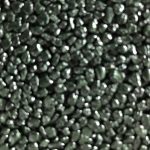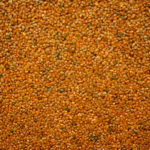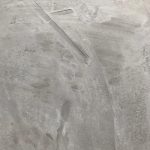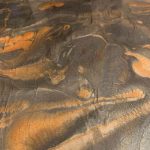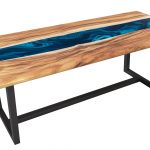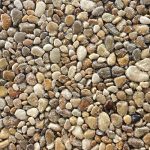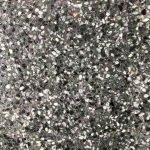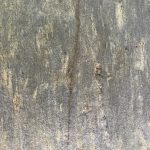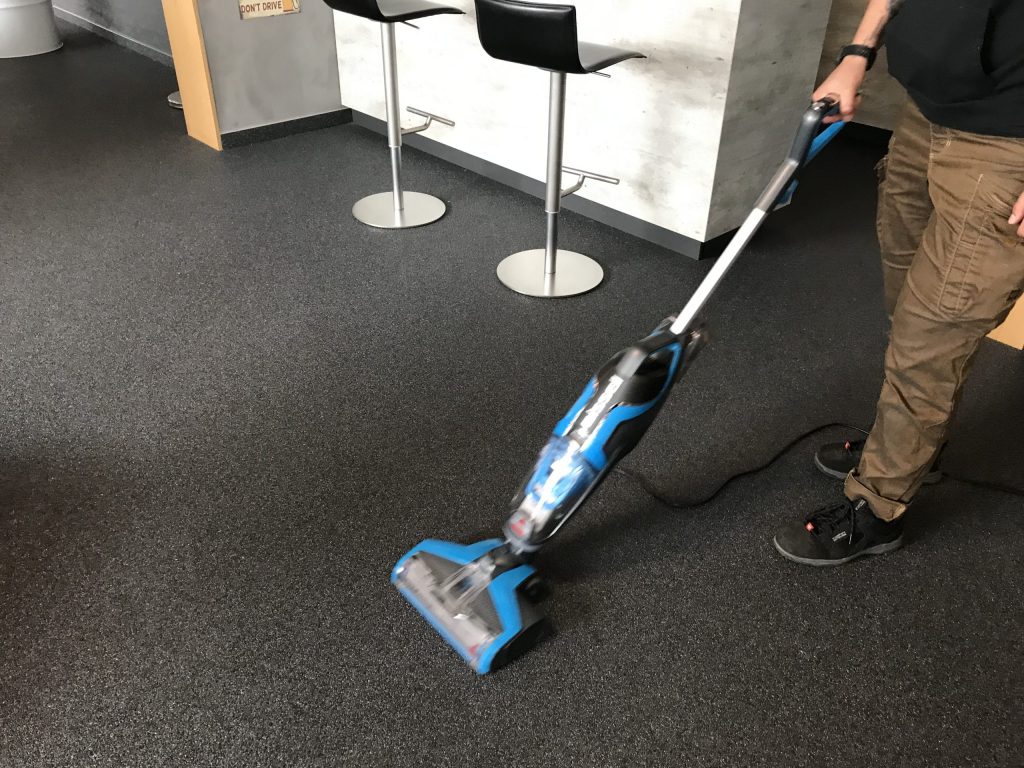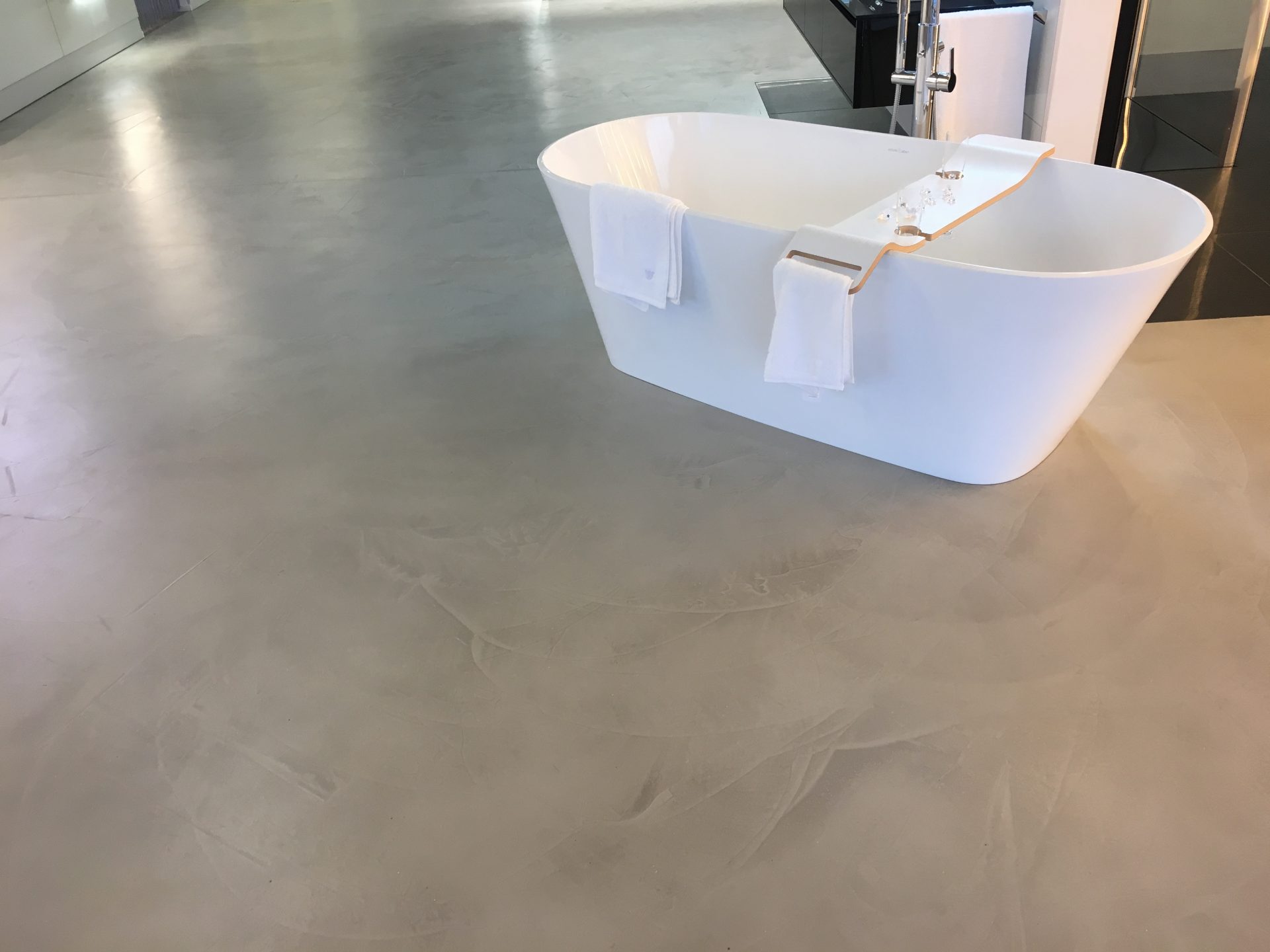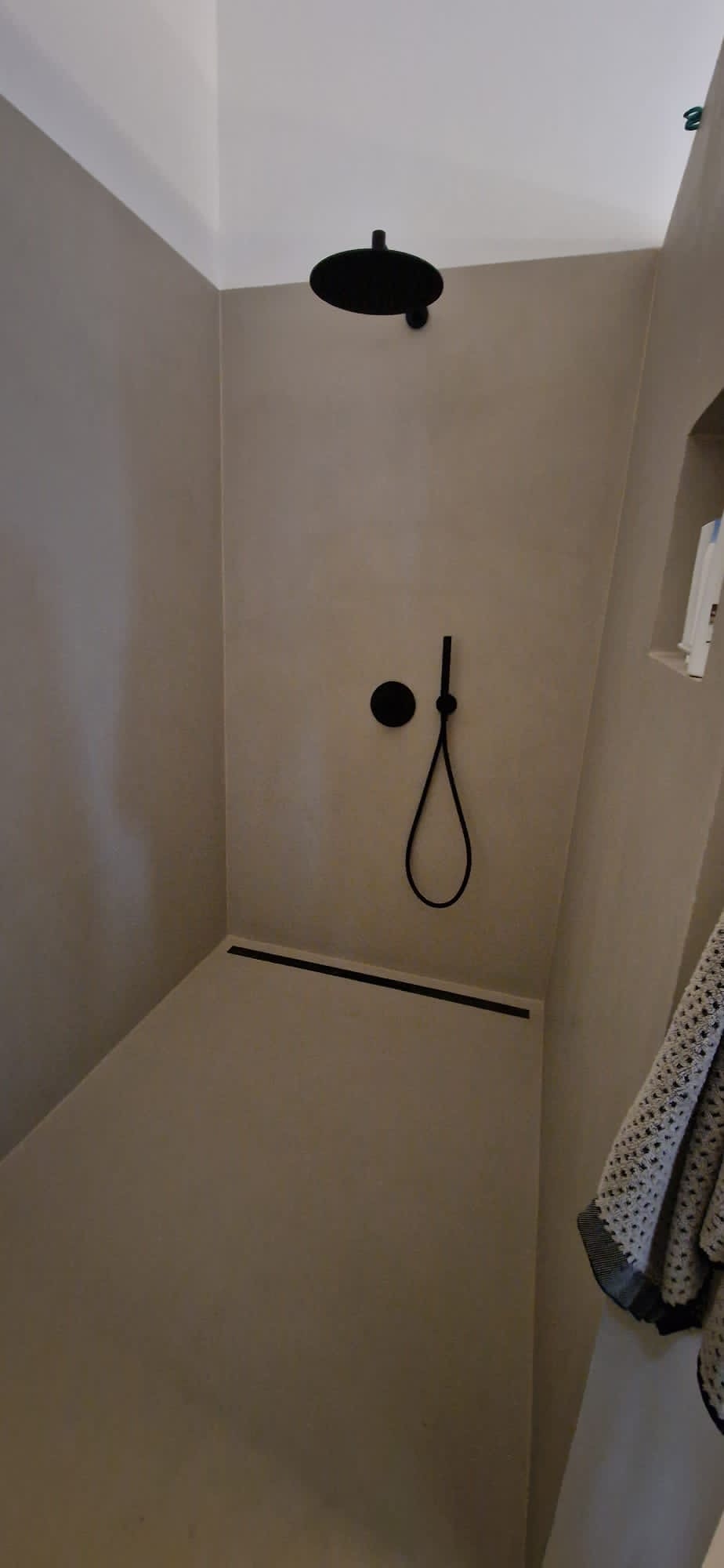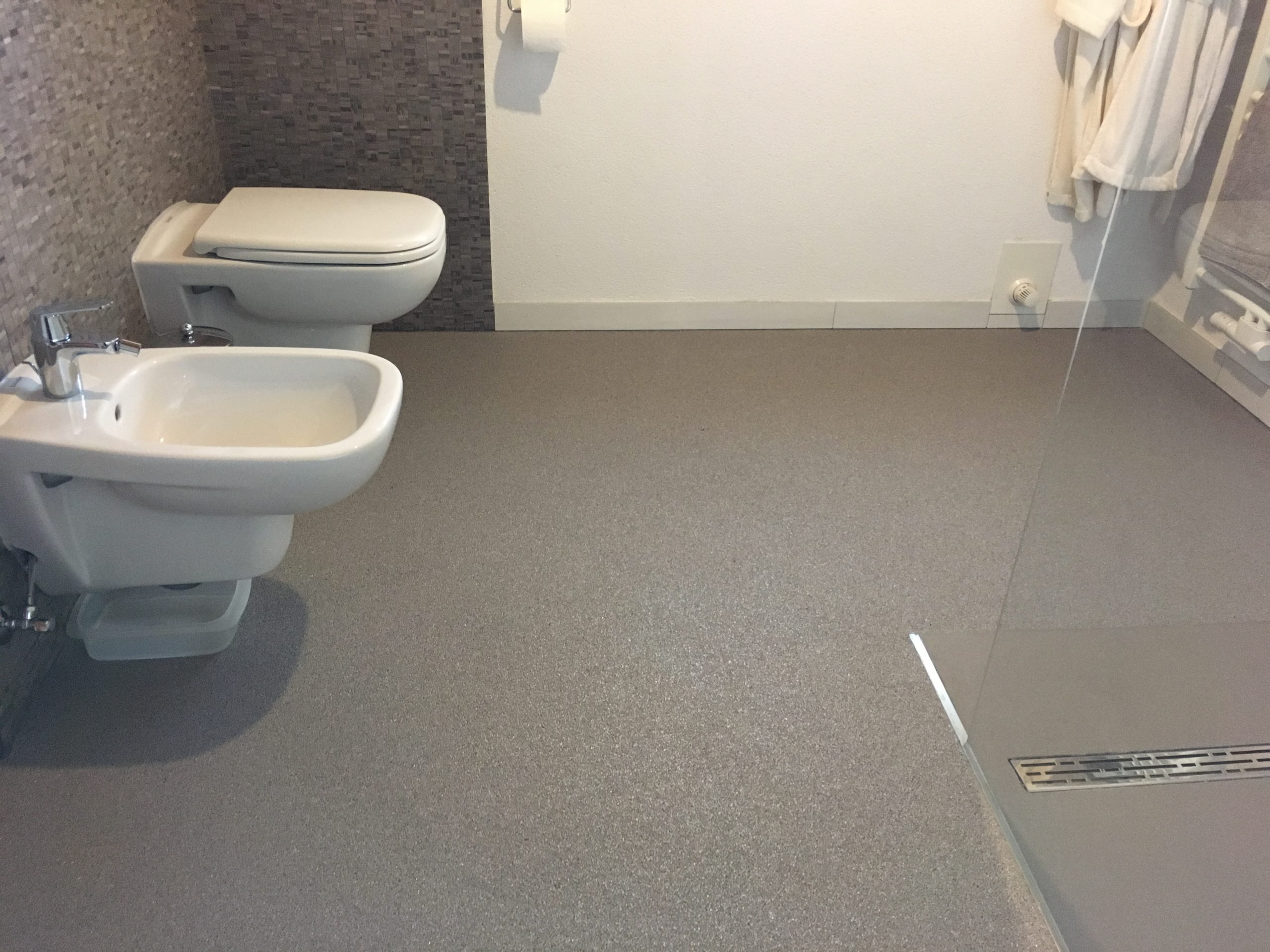No floor is spared dirt and footprints. But not every floor is as easy to clean as a stone carpet. When laid correctly, it forms an extremely easy-care, hard-wearing floor that can withstand a lot of wear and tear and is ideal for removing dirt. With our four care tips for cleaning stone carpets, cleaning becomes child’s play. In this article, we show you the best tricks for dealing with any kind of dirt on your gravel floor with little effort.
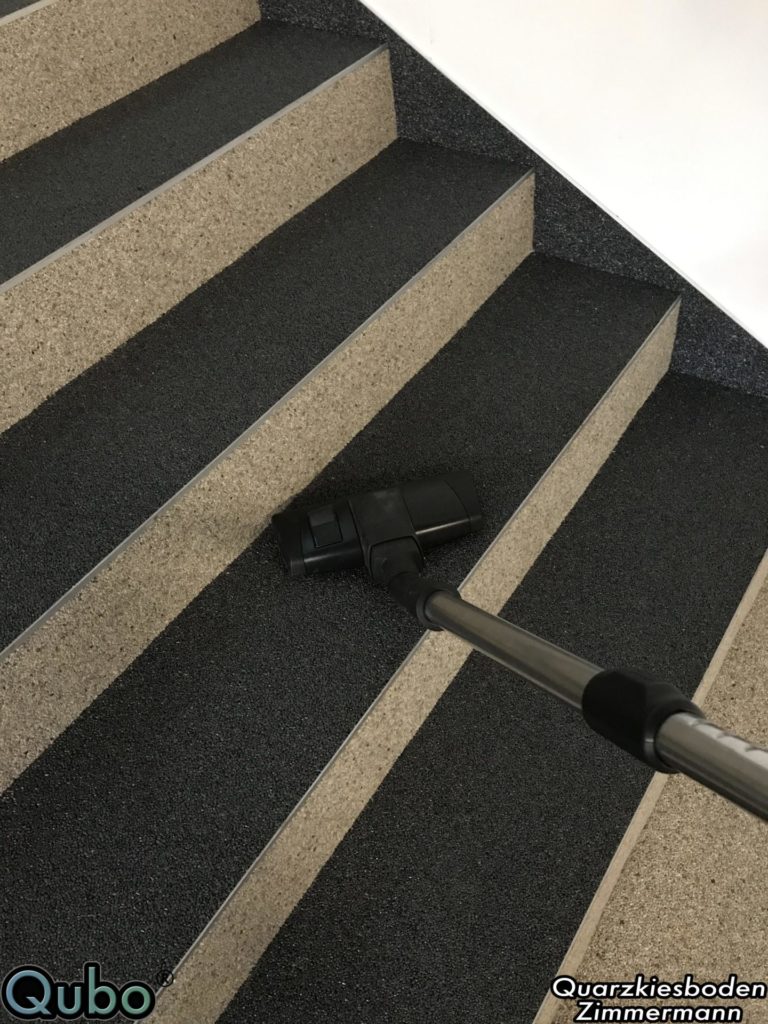
Cleaning and maintaining stone carpets with a hoover
1. vacuum dust and loose dirt from the gravel floor
If you have a stone carpet installed, one of the reasons may be that it is ideal for allergy sufferers. The stone structure simply absorbs dust and small particles and allows them to sink downwards. This prevents the formation of dust bunnies, which are blown by the draught through entrance area and hallway. Less dirt collects under cupboards and behind the sofa.
The name stone carpet is no coincidence, as this property is well known to carpet owners. Unlike carpets, however, the dust does not get caught in the fabric fibres, from which it is difficult to remove. The dust collects in the fine recesses of the stone structure and can be removed with a standard hoover.
“How does this give me an advantage over other floor coverings? The dirt is the same.”
Simplification: If you have planned a party with guests in the conservatory, a meeting in the office or the opening of a exhibition, the floor should look clean beforehand. While accumulations of dust quickly become noticeable on laminate and tiles and stains are immediately visible in sunlight, light soiling on gravel floors is not noticeable at all, so you can save yourself the trouble of cleaning the stone carpet before the event. The time saved can be used for more important things, such as cleaning windows, baking cakes or simply relaxing before the rush of guests.
Cleaning stone carpets with a cloth, sponge and mop
2. clean the stone carpet by damp mopping
As soon as the party is over, there is usually an inevitable need to clean the flat. Shoes carry dirt into the living room, snacks fall onto the kitchen floor. What remains are dried stains everywhere. Does the root brush need to be used here?
Of course, individual stains can also be removed in the traditional way with a cloth, sponge or brush. However, as stone carpet is not sensitive to water, damp mopping is not a problem. On the contrary: warm cleaning water is excellent at removing dried stains from the floor. Due to its structure, the surface of the gravel floor is significantly larger than that of smooth floors such as tiles, which is why the stone carpet dries much faster after mopping than other floor coverings.
When it comes to cleaning agents, you can achieve optimum results with Qubo® stone carpet cleaner. The cleaning concentrate is highly dilutable, but can also be used undiluted for stubborn stains. The cleaner is available in a 5 litre set including cleaning brush and spray bottle.
Solvent-based agents should not be used when cleaning stone carpets as they attack and permanently damage the pore seal.
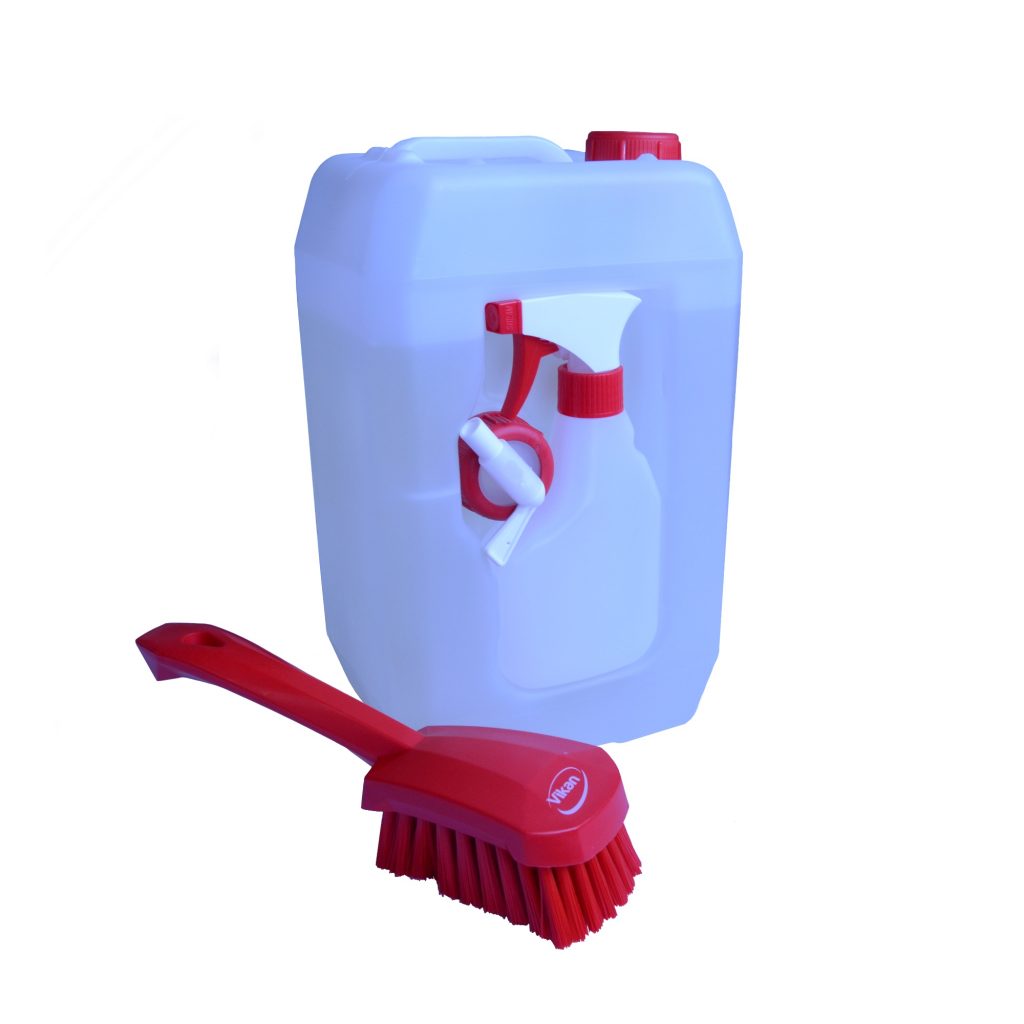
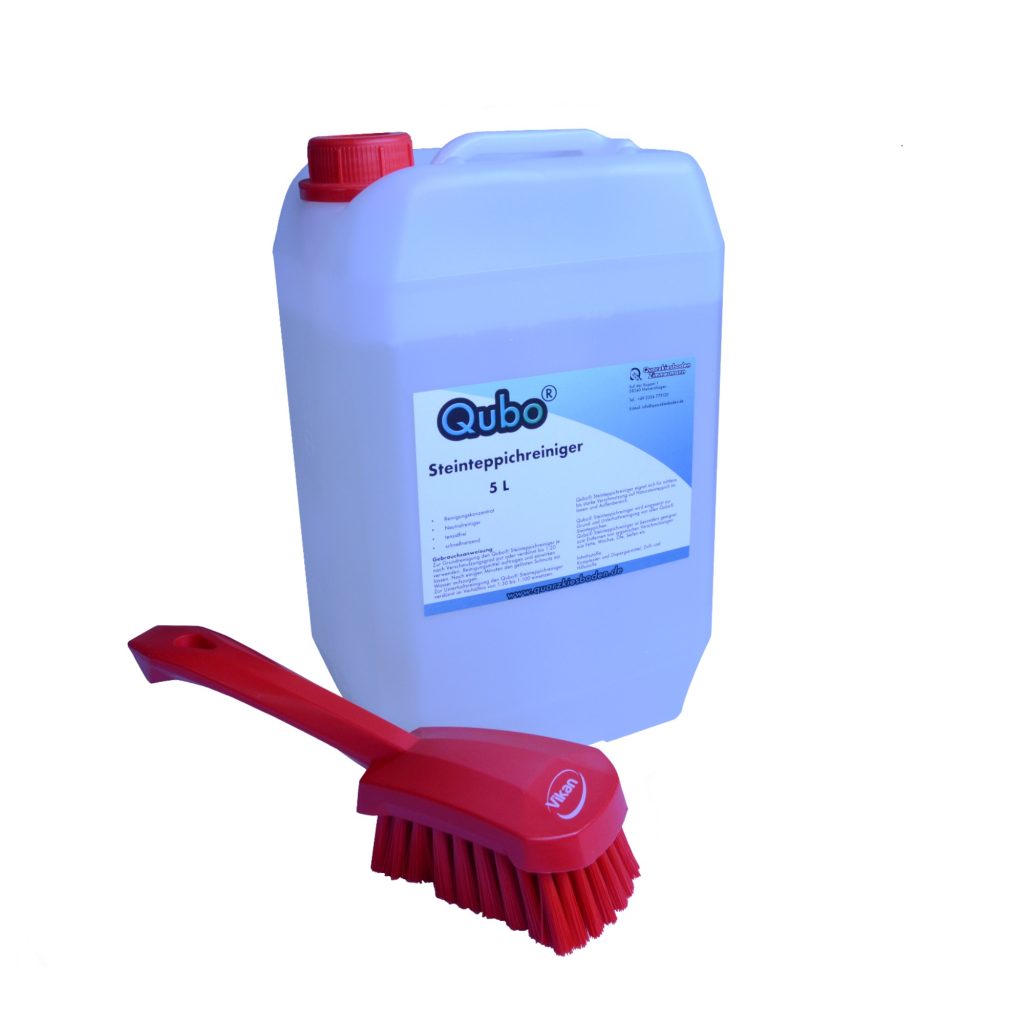
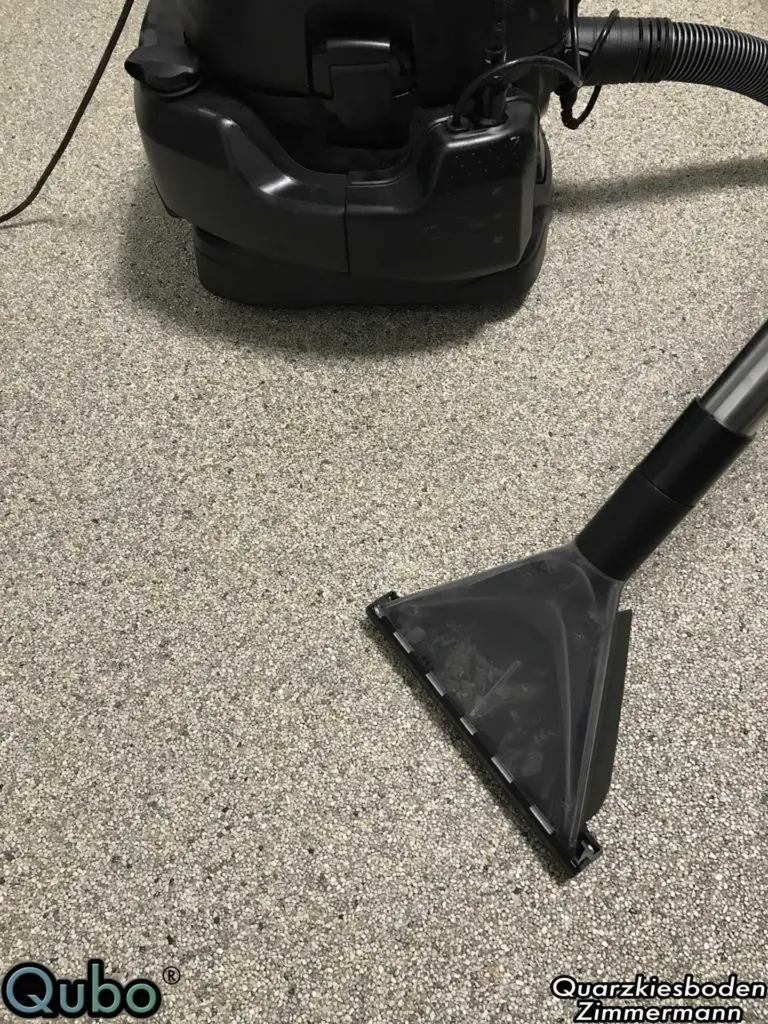
Removing red wine and coffee stains from stone carpets
3. tackle stubborn stains and soiling with the wet vacuum cleaner
Some stains are more stubborn than others, so water, cleaner and a mop are sometimes not enough. How else can you clean the stone carpet?
This is where stone carpet really comes into its own: While carpets readily absorb all kinds of dirt and liquids and wooden floors quickly show permanent discolouration due to small dents, scratches or scuffs, a gravel floor is extremely resistant. Thanks to its robust surface, there are no cracks into which dirt can penetrate. Accordingly, even red wine stains do not cause permanent damage. If normal mopping has not brought the desired success, many companies recommend the use of a steam cleaner. As standing water is not a problem for stone floors, this option can also be considered for cleaning stone carpets. However, very few people own a steam cleaner and both the purchase and regular hire of a steam cleaner are expensive.
It is more favourable to use a combination of sponge and wet vacuum cleaner. Stubborn stains can be loosened with warm water and circular movements with a sponge or brush. The excess water is then absorbed by the wet vacuum cleaner. Although this procedure is more work, it can save several hundred euros compared to professional steam cleaners. You can often even find an industrial hoover in garages and workshops that is also suitable for vacuuming up water.
Balcony and terrace - Can I use a high-pressure cleaner on stone carpets?
4. remove coarse dirt from the outdoor gravel floor
In outdoor areas, the stone carpet once again shows what it can do: Seamless and even, it is insensitive to moss and weeds and therefore clearly stands out from paving stones and patio tiles. Even after a hard winter, the stone carpet patio can be quickly and easily cleaned of accumulated dirt.
Scrubbing and wet vacuuming are not a major problem for smaller stains. However, on larger areas such as
balconies, terraces and outdoor stairs, this approach quickly turns into hard labour. This is why many owners of gravel floors resort to using a high pressure cleaner.
However, extreme caution is required here! The high water pressure can loosen individual stones from the gravel bond, resulting in holes in the floor after prolonged use. And that’s not all: the dirt that the pressure washer is supposed to flush out of the pores is only pressed deeper into the stone structure and compacted by the water. What remains is an uneven, damaged floor with extremely stubborn dirt that also impairs the drainage capacity.
It is perfectly possible to clean larger areas with a pressure washer without causing any damage. The trick is to use a brush attachment. A rotating washing brush utilises the power of the water pressure to scrub even coarse dirt from heavily used outdoor steps and patios with little effort, without putting too much strain on the gravel floor. The abrasion-resistant pebble layer ensures that your stone carpet still shines as brightly as on the first day, even after years of use. The brush attachment can also be used to clean the stone carpet on outdoor surfaces with Qubo® Paintings, the airbrush artwork from sz art of airbrush. The motifs are protected by a sealing layer so that no colour rubs off.
With these tips for cleaning stone carpets, you can enjoy your gravel floor for many years to come and save yourself a lot of time and stress when cleaning and maintaining floors in indoor and outdoor. If you have any questions, don’t hesitate to contact us at. Your satisfaction is our top priority. Make a strong appearance with us!
First and foremost, the area of application determines the pricing. However, the cost of a stone carpet depends on many different factors, including
- the type of binder required
-
from the primer
-
the choice of skirting boards, for example, if these are also made of gravel
-
from the labor costs of the professional installer
-
the size of the area to be laid
In outdoor areas, the costs are higher because the substrate needs to be sealed and the marble gravel needs to be laid with a UV-resistant binder.
First and foremost, the area of application determines the pricing. For example, you can have a stone carpet laid indoors for around €100 per m². However, the costs depend on many different factors, including
- the type of binder required
-
from the primer
-
the choice of skirting boards, for example if these are also made of quartz gravel
-
from the labor costs of the professional installer
-
the size of the area to be laid
In outdoor areas, the costs are higher because the substrate needs to be sealed and the marble gravel needs to be laid with a UV-resistant binder.
In most cases, coloured quartz or marble gravel is used for the production of stone carpets. However, there are considerable differences in quality here, for example in the proportion of dust in the material or in the types of marble used. Mica additives and various precious and semi-precious stones can be added, but this is another cost factor.
Colored quartz is available in the following grain sizes:
-
1–2 mm
-
2–3 mm
- 3–4 mm
Marble gravel is available in the following grain sizes:
-
1–4 mm
-
4–8 mm
- 8–15 mm
Of course, the choice of gravel grain size has an effect on the laying thickness of the gravel floor.
The laying thickness of the floor depends on the gravel grain size and the area of application. Normal gravel with a grain size of 2 – 3 mm can be laid indoors with a thickness of 6 mm.
An installation thickness of 8 mm is used outdoors and on stairs indoors due to the load.
Finally, 10 mm of material is applied to external stairs.
Vertical surfaces such as risers, skirting boards and walls are always laid in 6 mm.
The larger the grain size of the gravel, the higher the installation height of the floor covering. This means that more gravel and additional binder is required per m². The price increases accordingly.
The primer forms the bonding bridge between the building structure and the gravel floor. The material can be applied to almost any substrate, for example tiles, wood, stone, concrete and metal. Different substrates require different preparation steps.
On tiles and metal, for example, a primer is required to give the smooth surface stability during installation.
On porous stone and absorbent screed, the appropriate primer must be used to prevent the binder from being absorbed, which is intended to ensure that the pebbles remain in place.
To coat wooden planks with a gravel floor, the movement of the planks against each other must first be stopped. To do this, the installer first applies a mesh mat to the wooden floor. Once the filler has dried, the gravel floor is applied.
For reasons of hygiene, the stone carpet should be fitted with a pore seal, especially in kitchens and bathrooms. It prevents leaked, sticky liquids from penetrating the gravel floor. While it is difficult to remove liquids that have penetrated an open floor, the pore seal enables effortless cleaning by wet mopping.
Dogs, cats and co. feel much more comfortable on the textured surface of a gravel floor than on smooth floor coverings such as tiles or laminate, as they do not slip on stone carpets. However, it is advisable to cover the floor with a pore seal to ensure an easily wipeable surface.
-
High drainage capacity due to open-pored structure
-
Quick drying in sun and wind
-
Easy to clean and self-cleaning
-
100% frostsicher
-
UV-stabil
- Gentle, massage-like walking comfort when walking barefoot
The most important thing when laying gravel floors in outdoor areas is preparing the substrate. This ensures the durability of the finished floor.
On the one hand, this is because a primed subfloor provides significantly increased adhesion for the filled gravel. On the other hand, a sealing layer keeps rainwater away from the building structure, for example, which supports long-term durability.
Options for sealing building structures are
- Sealing using an epoxy resin seal with sealing membrane
- Sealing using a flex sealing slurry
In order to drain rainwater effectively, the floor covering is laid with a gradient of at least 1.5%.
No, in outdoor areas, the stone carpet is always laid as an open system to ensure drainage capacity and thus the drainage of rainwater. This makes them 100% frost-proof and therefore ideal as pool surrounds and as a covering for balconies, terraces, entrance areas, outdoor steps and loggias.
We would like to point out that we do not recommend stone carpets in the direct shower area. The reasons for this can be found in the basic structure of the floor and the wet room. Just as the tile adhesive under a tile does not form a completely flat surface without air pockets, pores also remain underneath a sealed stone carpet.
If, after years, a silicone seam leaks and water from a fitting, for example, penetrates between the wall or floor covering and the seal of the building structure, the transparent pore seal reacts with the water and forms white stains. As these occur underneath the seal, they cannot be wiped away or removed by drying.
This is why insurance companies do not classify stone carpets as suitable for wet rooms and do not replace such coatings in the event of damage. We therefore recommend microcement coatings for showers. With these, there is no water-bearing layer between the floor covering and the substrate, so there is no risk of moisture penetration. Due to the many customization options for microcement, it can also be combined with stone carpeting. Just get in touch with us.
Yes. A staircase coated with stone carpet already has a slip resistance class of R10 after installation.
Special sealants can be used to increase the slip resistance class to R11 or R12.
Depending on the design of the staircase, the renovation takes 3-5 days. In special cases, installation is also possible within an even shorter time. For a more precise determination of the duration of your construction project , simply contact us at.
All our gravel floors use natural stones as the base material. This is why many people also refer to stone carpeting as natural stone carpeting.
The gravel is available natural and colored.
FAQ
Details and facts, key figures and explanations – here you will find answers to frequently asked questions about our Qubo® coating systems. If any details remain unclear, simply contact us. We will be happy to advise you personally and promptly.

